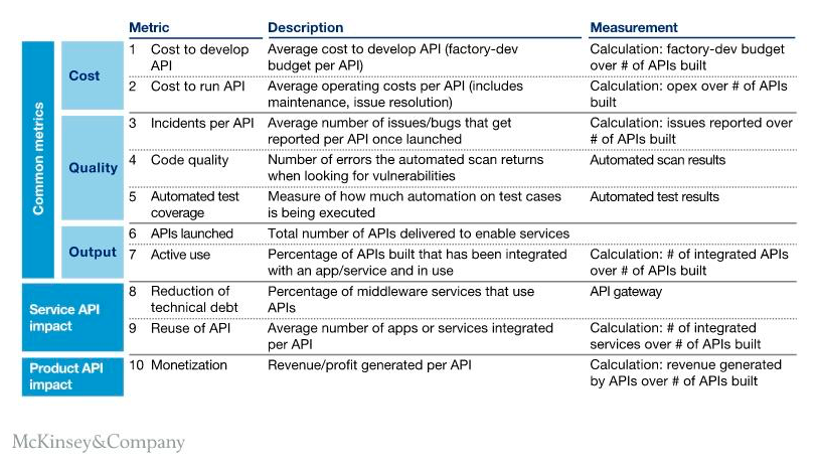
Realizing the full potential of real-time data sharing among partners in an organization’s ecosystem is a crucial component of digital transformation. For digital businesses to progress quickly, it will take more than just better data management and more insightful analysis. All of these endeavors should result in quantifiable gains for the company. According to Gartner, “Data and analytics leaders who share data externally generate three times more measurable economic benefit than those who do not.”
Benefits of Data Sharing
It is possible to facilitate productive cooperation, gain insightful knowledge, and enhance decision-making by providing access to the appropriate data to people who need it. Consider the potential benefits that could accrue from such cooperation in fields as diverse as aviation safety, food sourcing, global supply chain efficiency, retail customer experience, cybersecurity across industrial ecosystems, and so on.
APIs, or application programming interfaces, have become an integral part of many companies’ efforts to modernize their technology, regardless of sector. They allow for the linking of systems and data, which is essential to the responsive and adaptable functioning of IT systems. Data sharing enables the creation of data ecosystems that provide value to companies in the following three ways:
- Growth: Let businesses explore untapped markets by developing complementary offerings or even whole new ones.
- Productivity: Assist businesses in developing more efficient practices. For instance, airlines and hotels can benefit from online travel portals that provide insights on consumer behavior to better plan for demand and establish pricing. Suppliers and original equipment manufacturers (OEMs) in the automotive industry can benefit from sharing performance and usage data in other data ecosystems.
- Risk reduction: Because of the importance of risk mitigation, data ecosystems are becoming increasingly vital for industry consortiums in which each member contributes data. Financial institutions, for instance, share information to spot suspicious accounts and fraudulent activity.
Before organizations can access this value, they must overcome a number of challenges as they set out to build data sharing ecosystems.
Define Which APIs to Build
Any kind of data sharing will rely on APIs, so the organization must understand what data and services each application or service requires. This framework will highlight where APIs are needed. Since APIs are so versatile, the sheer number of options for which APIs to create can be bewildering.
Identifying which APIs will enable customer-facing applications and which will provide a solid technical basis is the first step in making this choice. API development can thus be prioritized within organizations in accordance with their business needs and modernization plans. For example, the implementation of a research concierge API has helped improve data sharing for clinical research across Virginia.
When deciding what kinds of APIs to create, it’s helpful to think in terms of the customer’s experience. By analyzing client journeys, we can pinpoint which APIs will help us integrate our various IT infrastructures to create a unified experience for our end customers. The impact of data analytics and core transformation can be amplified if IT leaders think about how APIs might serve as the connective tissue between on-premises and cloud-based systems.
Measure Success
There is a wide range of criteria used by companies to evaluate API performance, many of which are unsuitable. Direct business value for customer-facing APIs and reduction of technical debt for back-end APIs are two examples of common agile metrics that may be used to evaluate the work of a team (see image below). Data-specific key performance indicators (KPIs), the rate of developer adoption, and the amount of money saved through the simplification of architecture, or the reduction of infrastructure expenses are other possibilities.

Deliver Actual Business Value
In the past, APIs were categorized as middleware since they allowed for the integration and interchange of data across various systems. Today, most organizations are establishing their API taxonomy in a way that unites their business and technical teams with a shared vocabulary. When designing with an API-first mentality, APIs for both processes and customer experiences should be built atop standard system APIs. A process API may consume and orchestrate the data that is accessible and represent common business processes, while a system API can access data from numerous systems while abstracting that complexity. Experience APIs separate the underlying facts from the complexity of downstream systems, allowing them to be transformed so that they can be consumed by the intended audience.
Secure Your API Architecture
All the above considerations will vanish in thin air if APIs are not properly managed and secured. The Open Web Application Security Project (OWASP) clearly states APIs’ importance: “By nature, APIs expose application logic and sensitive data such as Personally Identifiable Information (PII) and because of this have increasingly become a target for attackers. Without secure APIs, rapid innovation would be impossible.”
As the attack surface has grown, and as more bad actors have realized how lucrative it is to target APIs, the number of API attacks has skyrocketed. A Salt Security research report indicates that 95% of companies had an API security incident in the last 12 months.
API security is trying to develop strategies and possible solutions to mitigate the security risks and vulnerabilities of the APIs. An API security strategy should focus on reducing the potential of an attack based on known vulnerabilities, such as broken object authentication and authorization or excessive data exposure. Therefore, you should consider:
- Building a security layer around your APIs to ensure that attackers are unable to access or misuse the exposed systems
- Implementing strong access controls which will balance back-end security with customer experience by leveraging Identity and Access Management (IAM) standards and best practices
Organizations can work together to find solutions to pressing issues and provide greater value to their customers by sharing data via APIs. It’s no longer just a question of technological strategy to use APIs. They are now an integral part of any successful business plan. APIs provide great potential for helping businesses modernize their technologies, and that potential may be unlocked if the four main obstacles are addressed.
